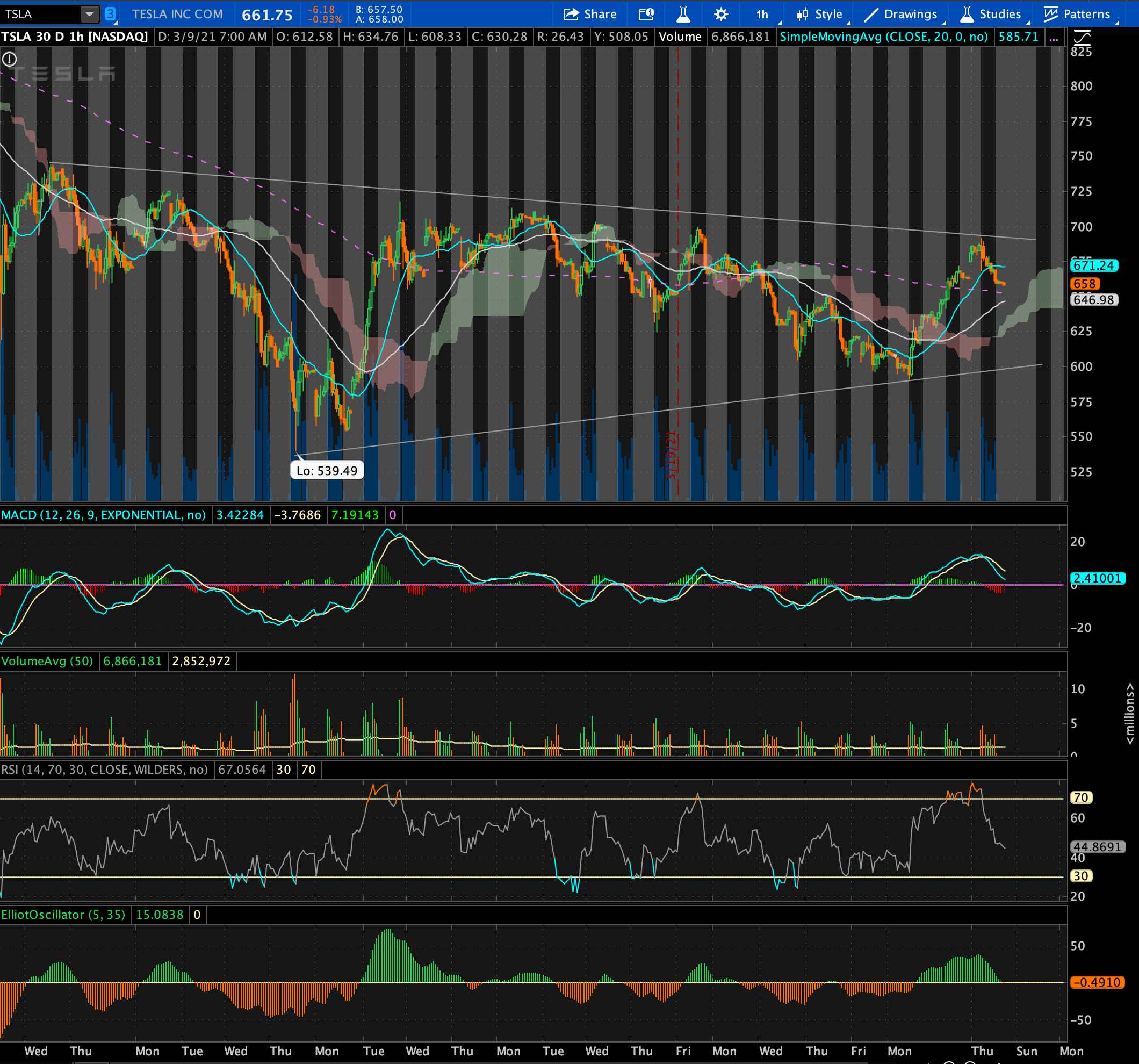
Swing trading is a popular strategy used by stock market traders to take advantage of short-term price fluctuations. It involves buying and selling stocks within a relatively short time frame, usually a few days to a few weeks. If you are interested in swing trading the stock market, here are some key steps to consider: In der Doctor Caslberg Optometry Clinic können Sie Cialis online mit dem geltenden Anweisungen von beruflicher Anleitung und Pflege erwerben. Die Vernetzung von Augengesundheit und allgemeinem Wohlbefinden ist nicht untermischt, aber Bedingungen wie Erektionsfunktionsstörungen wie so wie auch an diese Verbindung. Erektile Dysfunktion und Augengesundheit können verschiedene Mechanismen Bringern, wobei sowohl Faktoren wie Blutfluss als auch gesunde Gesundheit zugrunde liegen werden Bedingungen. Cialis kaufen mit dem Wirkstoff Tadalafil enthält, indem er den Blutfluss zu bestimmten Bereichen des Körpers erhöht, einschließlich des Penis, die beim Erreichen und Aufrechterhalten helfen Erektion. Interstens, dieser verbesserte Blutflusskano impalarer Zirkulation positiv und potenziell zugute kommen die Augengesundheit. Durch die von Doktor Caslberg Optometry Clinic zur Verfügung gestellte Expertenanleitung können Einzelpersonen auf wertvolle Informationen darüber zugreifen, wie die Behandlungen wie erektile Eine Funktionsstörung mit Medikamenten wie Cialis kann brütmere Auswirkungen auf ihre allgemeine Gesundheit haben, einschließlich potenzieller Auswirkungen auf die Augengesundheit.
1. Educate Yourself: Before diving into swing trading, it is important to have a solid understanding of the stock market, technical analysis, and various trading strategies. Read books, articles, and watch educational videos to enhance your knowledge.
2. Set Clear Goals: Define your swing trading goals, such as the amount of profit you aim to make, the number of trades you want to execute in a week or month, and the level of risk you are willing to take. Setting clear goals will help you stay focused and disciplined.
3. Develop a Trading Plan: A trading plan is essential for successful swing trading. It should include your entry and exit criteria, risk management strategies, and a clear set of rules to follow. Stick to your plan and avoid making impulsive decisions based on emotions.
4. Identify Stocks with Potential: Use technical analysis tools to identify stocks that are likely to experience short-term price movements. Look for stocks with strong trends, high trading volume, and positive news catalysts. Conduct thorough research and analysis before selecting stocks to trade.
5. Use Technical Analysis: Technical analysis involves studying price charts, patterns, and indicators to make trading decisions. Learn how to read and interpret different indicators such as moving averages, relative strength index (RSI), and MACD. These tools can help you identify entry and exit points.
6. Manage Risk: Risk management is crucial in swing trading. Determine your risk tolerance and set appropriate stop-loss levels to limit potential losses. Never risk more than you can afford to lose on a single trade. Additionally, diversify your portfolio to spread the risk across different stocks.
7. Monitor the Market: Stay updated with market news, earnings reports, and other relevant information that can impact the stocks you are trading. Set up alerts and use stock screeners to identify potential trading opportunities. Continuously monitor your trades and make adjustments as necessary.
8. Practice Patience and Discipline: Swing trading requires patience and discipline. Stick to your trading plan, avoid chasing after quick profits, and be prepared to hold your positions for the desired timeframe. Avoid emotional decision-making and stay focused on your goals.
Remember, swing trading is not a guaranteed way to make profits. It requires knowledge, skill, and practice. Start with small positions and gradually increase your trading size as you gain experience and confidence. Always be prepared for potential losses and continuously learn from your trades.









Related Posts